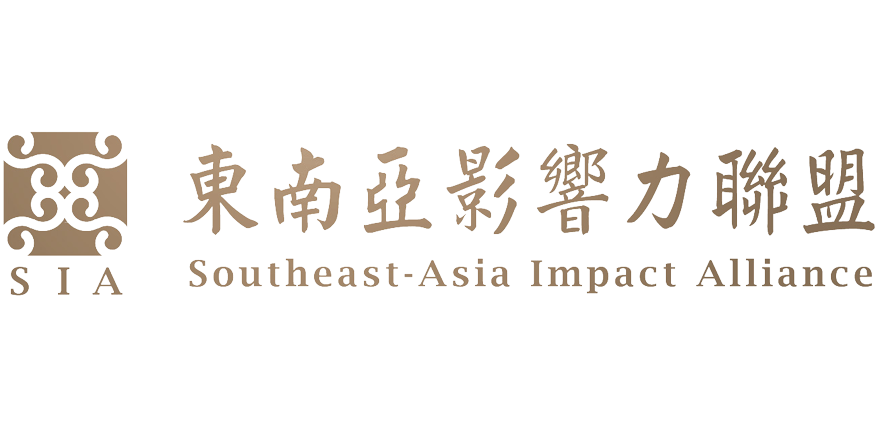Vietnamese Semiconductor Industry’s ‘Friendshore Outsourcing’ Development

Vietnam’s semiconductor industry follows a pattern of manufacturing in the north and design in the south, with infrastructure development still being the focus. (Schematic diagram/Photo by Wu Shangzhe)
Vietnam has become a new manufacturing location for the United States in the semiconductor industry due to factors such as proximity to China. Analysts from the DIGITIMES Research Center observe that the Vietnamese semiconductor industry is adopting a pattern of manufacturing in the north and design in the south. Policies, infrastructure development including water and electricity supply, and talent are key areas that industry players need to continually focus on in the local landscape.
In the ongoing technological competition between China and the United States, the U.S. government aims to decentralize semiconductor manufacturing to mitigate concentrated risks, adopting a “China+1” investment strategy for the rise of the technology industry.
In response to the U.S. inclusion of Vietnam as a “Friendshore Outsourcing” target, the Vietnamese government actively upgraded its relationship with the U.S. to a “Comprehensive Strategic Partner” in September 2023, creating a favorable environment for semiconductor industry cooperation. The observation reveals that the Vietnamese semiconductor industry cluster is distributed, with memory testing and manufacturing prevalent in the north and testing and IC design dominant in the south. However, there is currently no significant trend of clustering due to limitations such as investment policies, production scale, land transportation, water and electricity infrastructure, and labor quality.
In terms of investment policies, constrained by a limited government budget and recent large-scale investments in water, electricity, and other infrastructure, Vietnam’s investment incentives primarily involve tax reductions for high-tech industries like semiconductors, including CIT tax rates and factory rent exemptions.
Regarding water supply, Vietnam’s tropical monsoon climate results in distinct dry and rainy seasons, with the northern region experiencing more noticeable differences. Economic development and increased industrial and domestic water demand, coupled with global climate change effects, require continuous expansion of reservoirs and water facilities to ensure stable water supply. Additionally, Vietnam’s pronounced dry and wet seasons, with concentrated rainfall during the wet season, necessitate careful consideration of flooding issues.
On the electricity supply front, Vietnam heavily relies on coal and hydropower, despite setting a net-zero goal for 2050. With the entry of power-intensive semiconductor industries and increased electricity demand from economic development and daily life, electricity supply has become a pressing issue, especially in the clearly defined dry and wet seasons of northern Vietnam. Urgent improvements in electricity infrastructure efficiency, especially in issues like slow construction of power plants and the 500kV grid, are needed.
Regarding talent supply, Vietnam boasts a populous and actively participating workforce, providing a good quantity of labor. However, efforts are needed to strengthen the quality of talent supply, particularly for STEM bachelor’s graduates and higher education levels.
Currently, the Vietnamese semiconductor industry is relatively smaller compared to Taiwanese, Japanese, Korean, and even Chinese companies. Northern Vietnamese semiconductor companies focus on testing, assembly, and manufacturing, primarily in memory products, while southern companies emphasize IC design, with only Intel having manufacturing facilities. In the short term, industries related to memory testing, and small-scale, diverse IoT applications in IC design may become the main drivers of Vietnam’s semiconductor industry development.
Amid the international trend of diversifying manufacturing risks with the “China+1” strategy, Vietnam has created a favorable external atmosphere for semiconductor industry development. However, from a medium to long-term perspective, DIGITIMES Research Center analyst Zhou Yan suggests that Vietnam needs to continue improving infrastructure related to policies, water, electricity, talent, and semiconductor industry development to sustain and expand the clustering effects of the semiconductor industry.
Source:WEALTH MAGAZINE | Link
Visit our service|Link



